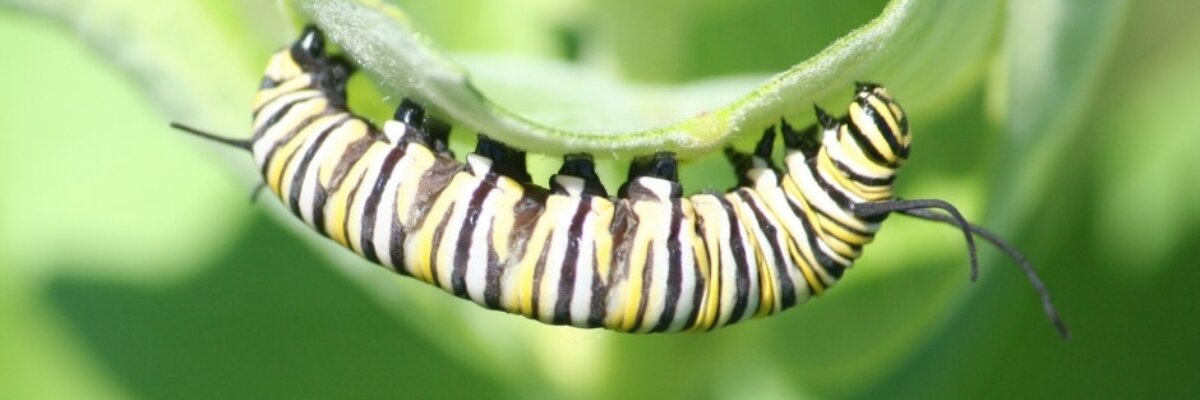
Do monarchs utilize different types of milkweed? Which are preferred?
Monarchs utilize various milkweed species for oviposition and larval development, although certain species may offer more favorable conditions than others (Damiano & Perkins, 2025; Pegram & Melkonoff, 2019). Research indicates that monarchs can thrive on different types of milkweed, with some preferences observed depending on factors such as cardenolide content, trichome density, and latex production (Agrawal & Fishbein, 2008; Agrawal et al., 2008; Cohen & Brower, 1982; Jones & Agrawal, 2019; Zalucki & Kitching, 1982). However, it's essential to note that while milkweed selection may vary, there can be fitness consequences associated with the chosen species. For instance, some milkweed species may support higher larval survival rates and faster development, but those are not always preferentially selected by ovipositing monarchs (Greenstein et al. 2022). Milkweed selection preference may also vary within the season (Damiano, 2024).
The preference-performance hypothesis suggests an adaptive correlation between oviposition preference and larval performance, indicating that monarchs may choose certain milkweed species that optimize offspring success. However, environmental conditions (e.g., plant height, presence of other monarch eggs) and individual's past experiences with a milkweed species can influence female oviposition decisions, leading to preferences that may contradict the preference-performance hypothesis (Pocius et al. 2018; Jones & Agrawal, 2019).
Native milkweed cultivars can also be effective in attracting and supporting monarchs and native bees, particularly in urban gardens. However, cultivars should not be planted in natural areas (Baker et al. 2020).
Overall, for optimal support of pollinators like monarchs, a diversity of native milkweed species suitable for the growing conditions should be planted alongside other nectar- and pollen-producing plants. This approach can enhance biodiversity while contributing to monarch and native bee conservation efforts.
The Monarch Joint Venture provides an overview of the priority species that we recommend for each region.
